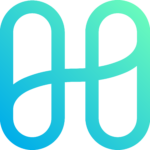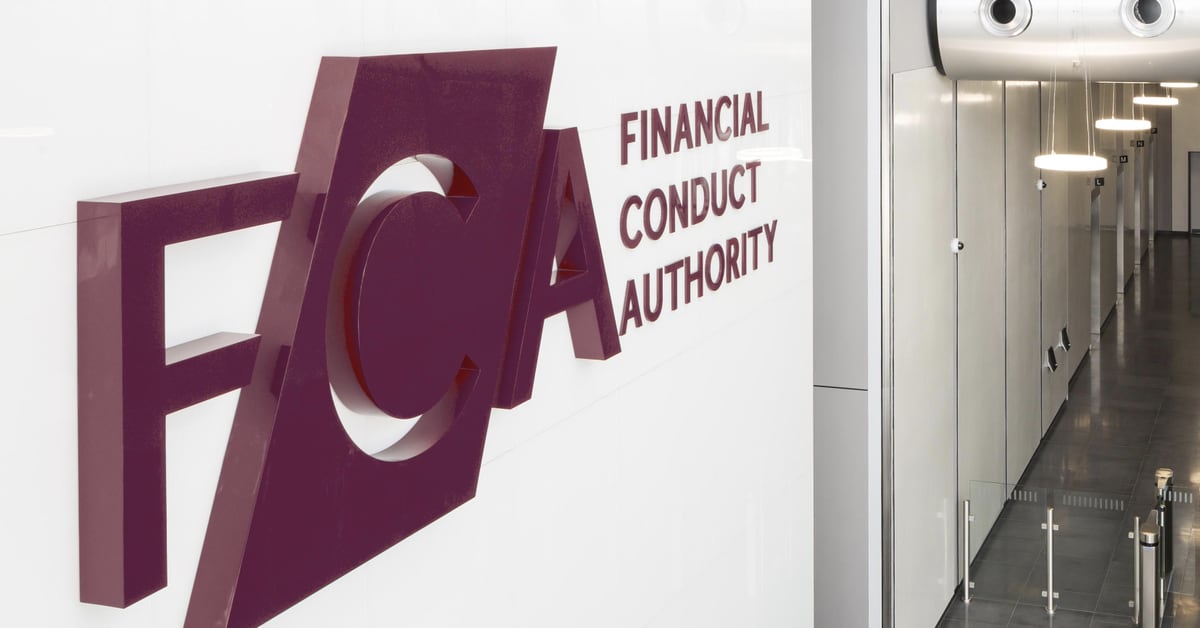Stephen Tse founded Harmony Coin in 2018, and it went live in 2019. It has a unique infrastructure that focuses on staking and sharding, which is a process that divides large portions of data into smaller, more manageable packets. These packets are called data shards. Harmony achieves scalability through the sharding process in all three aspects of machines, transactions, and storage. Harmony is secure and decentralized. Its utility token is called ONE, and it has been around since June 2019.
What is Harmony Coin?
Harmony has developed an innovative state sharding and peer-to-peer network. It performs deep sharding on both levels of protocol and network. Moreover, it uses adaptive proof-of-stake to ensure solid network security. Harmony provides a Fast Byzantine Fault Tolerant consensus that uses BLS multi signatures. There are critical differences between Harmony and current protocol projects. Harmony is a POS-based-state-sharding protocol, while most others are POW-based. For consensus, there are many points in which Harmony stands out. For example, Harmony’s consensus does not contain forks, achieving instant finality. At the same time, many other chains are fork-based, and there is no instant finality. Harmony’s consensus uses multi signatures and scales according to the number of nodes. In many other existing protocols, a consensus is single-chained like in Bitcoin.
ONE Explained
ONE is the native token of the Harmony network. It powers the network through different modes of participation in the protocol, such as staking, transaction fees, and voting. Harmony creates an arena for stakeholders, developers, and businesses to construct different marketplaces of fungible and non-fungible assets. Harmony token (ONE) comes into play in various forms. For example, stakeholders and companies use Harmony tokens to participate in the consensus protocol and earn transaction fees and rewards. Holders can also use Harmony tokens to pay transaction fees and gas and storage fees. The token also plays a role when voting for on-chain governance of the protocol.
Token Supply Overview
ONE is the native token utilized in the Harmony network. The distribution of this token is as follows:
- 22.4% of all token supply relates to Seed Sale.
- 12.5% of all token supply links to the launch pad sale completed In May 2019.
- Team tokens are responsible for 16.9% of the total supply.
- Approximately 26.4% of the total supply goes to protocol development.
- And finally, 21.8% of the total supply goes to ecosystem development.
Users pay a small transaction fee using the network’s native token (ONE). The token also rewards a variety of participants such as stakeholders, developers, investors, and community members involved in securing and governing the network.
Token Usage
As of May 2019, the allocation of Harmony’s token is as follows:
- 65% for the core team as well as protocol development
- 15% for marketing and community issues
- 15% for specific professional services
- 5% for the administration and office
Harmony Roadmap
Harmony’s founding team consists of 7 engineers from Google, Amazon, and Apple. Its core members have always ensured the project is underway to become a unique, reliable protocol. For that matter, they have set numerous goals as a roadmap for this network. In 2018, the network contained all core features of Omniledger, building multiple communities in Asia. In late 2018, Harmony launched devnet and achieved a 1.3-sec block propagation record. Harmony also signed a mutual investment partnership with Animoca, a publicly listed gaming company. In early 2019, Harmony released its whitepaper. Harmony released the whitepaper earlier than expected. It is fully open-source, with 1700 commits. Harmony also released Testnet 1.0, Testnet 2.0, and Testnet 3.0 in 2019. Later that year, they launched the Harmony lottery and Harmony puzzle with fast finality and staking capabilities.
Harmony’s Testnet 3.0 is the latest version they have released. It is a peer-to-peer network using one beacon shard and three consensus shards. Harmony is researching to port zkproof prototypes into its network.
In 2019, Harmony developed cross-shard communication, and later, Harmony fully launched its main net. Harmony also introduced Kademlia routing and rateless erasure code to ensure efficient cross-shard communication.
Commercial affiliations and business outlook
Harmony has a solid network and a reliable ecosystem that teams up with other businesses such as data sharing partners, gaming companies, and marketplaces. Harmony helps businesses turn their assets into tokens, and it also provokes user engagement. Some notable companies that have been working with Harmony are listed below:
Animoca is a global gaming company working with Harmony to build digital collectibles and crypto-compatible gaming assets.
Contents: A media application ecosystem in which Harmony launches its d’Apps.
GSVlabs: An innovation center for start-ups and companies. Harmony has partnered with GSVlabs to perform enterprise-level solutions on the public blockchain.
hBits: A real estate tokenizer company that allows fractional real estate ownership. Harmony is developing the real estate token to be used by hBits.
NoIZ: A blockchain-based advertising platform that incentivizes the customers. Harmony is creating an ecosystem for NoIZ to protect user data and reward users for consuming advertisements.
Social and Community
Harmony implements various strategies to enhance team members and partners. For example, Harmony holds a weekly 4-hour meeting with entrepreneurs to exchange ideas between partners and the community. Harmony currently has ten country-specific communities around the globe. Through multiple media outlets, Harmony is planning to expand to 20 countries.
To promote communication with more skilled audiences and communities, Harmony holds a bounty program to debug technical issues at the talk. Harmony.one, and discord. Harmony is present on almost all mainstream media and social outlets such as Telegram, Youtube, Facebook, and Twitter.





